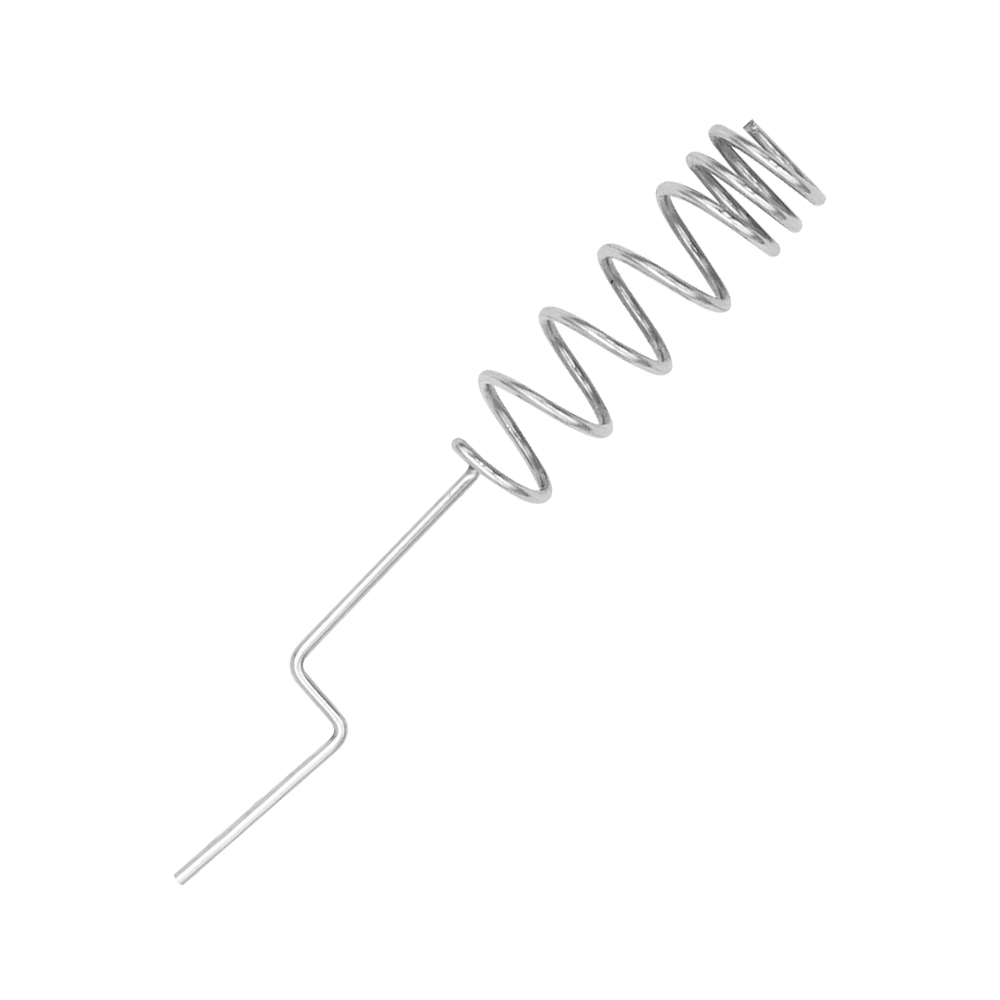In the realm of wireless communication, internal antennas play a crucial role in ensuring seamless connectivity. These antennas are embedded within devices, providing a compact solution for transmitting and receiving signals. But how do they work, and what are their applications? This article aims to shed light on these questions.

What Are Internal Antennas?
Internal antennas are designed to be integrated into electronic devices, such as smartphones, tablets, and laptops. Unlike external antennas, which protrude from the device, internal antennas are hidden from view, offering a sleek design while maintaining functionality. They are typically made from materials like copper or aluminum, which are effective in conducting electromagnetic waves.
How Do Internal Antennas Work?
The operation of internal antennas is based on the principles of electromagnetism. When an electrical current passes through the antenna, it generates an electromagnetic field. This field can then transmit or receive radio waves. The efficiency of an internal antenna depends on several factors, including:
- Design: The shape and size of the antenna significantly influence its performance.
- Material: The conductivity of the materials used affects the signal strength.
- Placement: The location within the device can impact the antenna's ability to transmit and receive signals effectively.
For instance, if an internal antenna is placed near metal components, it may experience interference, leading to reduced performance. Therefore, careful consideration of these factors is essential for optimal functionality.
Applications of Internal Antennas
Internal antennas are widely used in various applications, including:
- Mobile Devices: Smartphones and tablets rely on internal antennas for cellular, Wi-Fi, and Bluetooth connectivity.
- IoT Devices: Many Internet of Things (IoT) devices utilize internal antennas for seamless communication.
- Wearable Technology: Smartwatches and fitness trackers often incorporate internal antennas to maintain connectivity without sacrificing design.
As technology continues to evolve, the demand for efficient internal antennas will only increase. Their ability to provide reliable connectivity in compact devices makes them indispensable in today's digital landscape.
Choosing the Right Internal Antenna
When selecting an internal antenna, it is essential to consider the specific requirements of your device. Factors such as frequency range, gain, and size should be evaluated to ensure compatibility. For more specialized options, you can explore a variety of  that cater to different applications.
that cater to different applications.
In conclusion, understanding the basics of internal antennas is vital for anyone involved in the design or use of wireless devices. Their compact nature and effectiveness make them a key component in modern technology, ensuring that we stay connected in an increasingly digital world.







